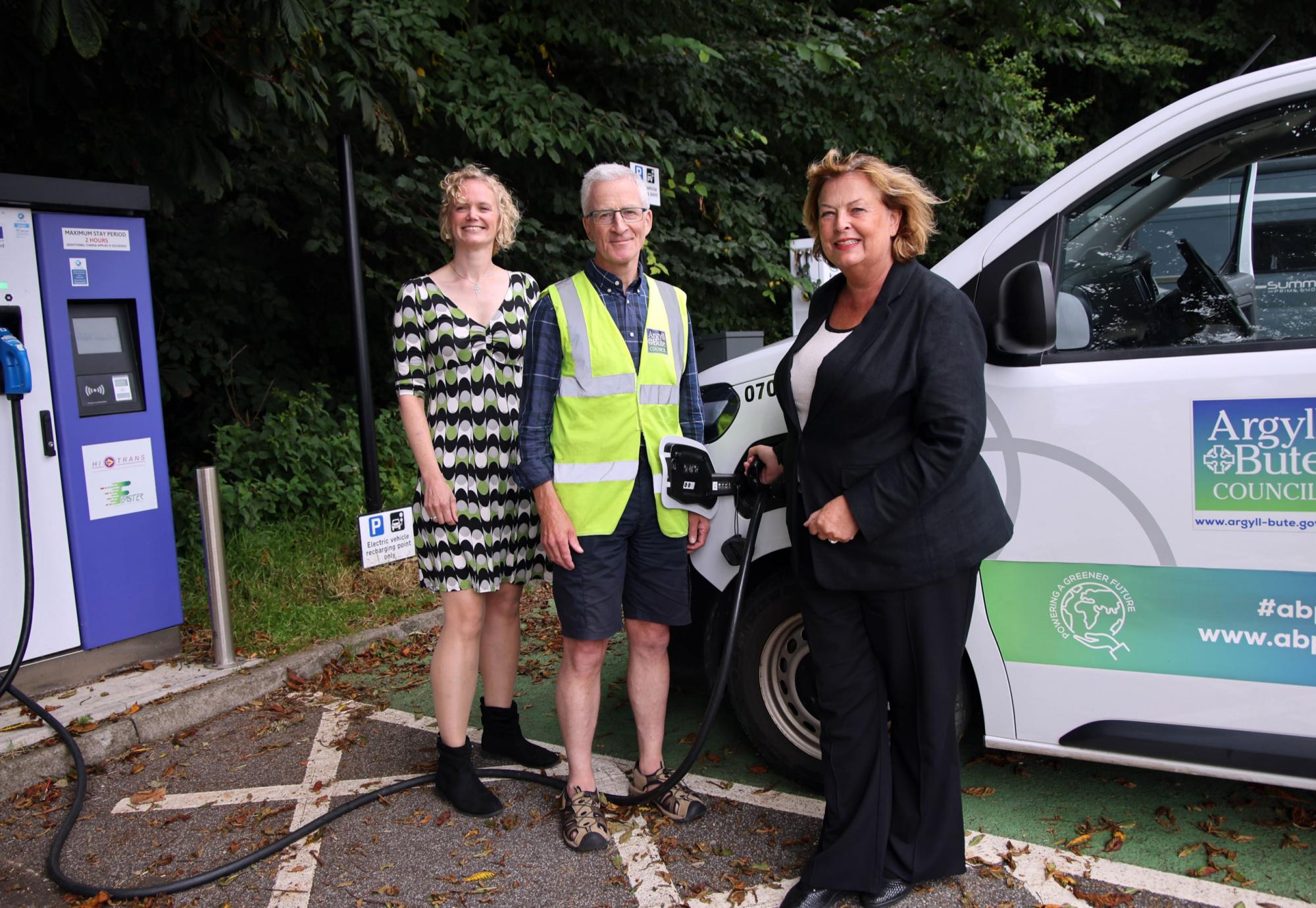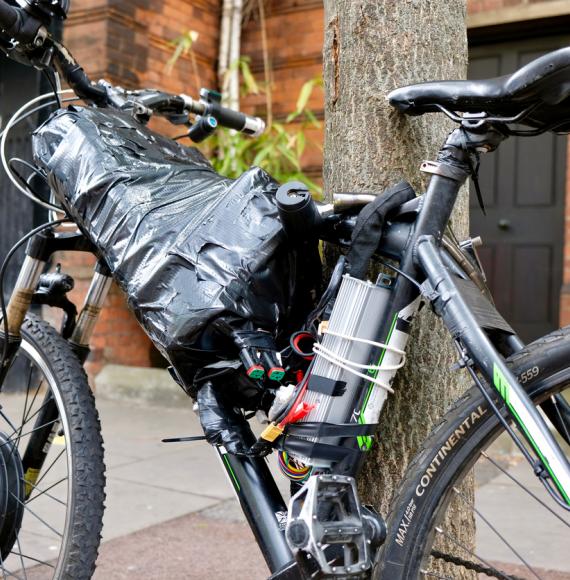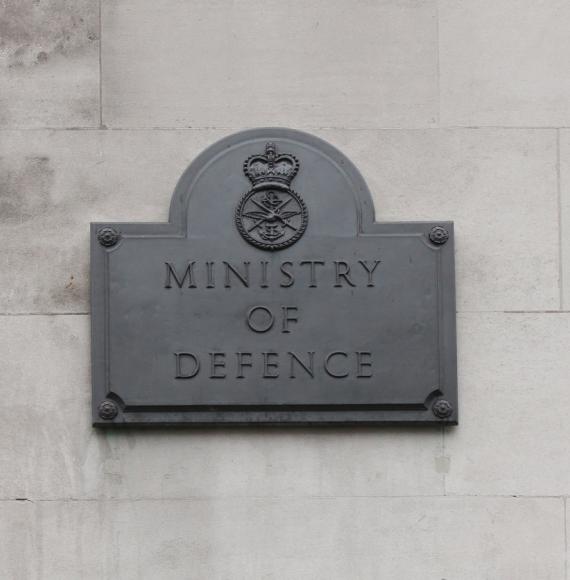A major funding boost of over £3 million has been awarded to a coalition of local authorities in north-west Scotland, aimed at accelerating the expansion of public electric vehicle (EV) charging infrastructure. This initiative is part of the EV Infrastructure Fund and is designed to foster collaboration between the public and private sectors.
The project is spearheaded by HITRANS (Highlands and Islands Transport Partnership) and includes the councils of Argyll and Bute, Orkney, Shetland, and Comhairle nan Eilean Siar (Western Isles). Together, they are working to improve access to EV charging across rural and island communities.
Scotland’s EV Charging Network: Leading the Way
Since 2011, the Scottish Government has invested more than £65 million in public EV charging infrastructure. Thanks to this early commitment and growing private sector involvement, Scotland now boasts one of the most extensive public EV charging networks in the UK, with over 7,000 charge points nationwide.
In fact, the government’s target of 6,000 public charge points was achieved in October 2024, a full two years ahead of schedule.
Expanding Access in Rural and Island Communities
The Scottish Government remains committed to expanding the EV charging network, with a strong focus on equity and accessibility. Through the EV Infrastructure Fund, public investment will be directed toward less commercially viable locations, ensuring that even remote and rural areas have reliable access to EV charging.
This strategic approach not only supports Scotland’s net-zero goals but also encourages private sector investment, helping to build a robust and future-ready EV infrastructure across the country.
Cabinet Secretary for Transport Fiona Hyslop said:
“I’m delighted to announce the latest award from our £30 million Electric Vehicle Infrastructure Fund, to encourage greater private sector investment in the EV charging network.
“The Scottish Government has set out a route map to deliver on our vision for public EV charging infrastructure in Scotland and ambition to create 24,000 additional public charge points by 2030, largely funded and delivered by the private sector.
“In addition to the public funding from EVIF, we anticipate the private sector investing at least an additional £30 million of its own capital, meaning public funding should be prioritised for those areas of Scotland less likely to benefit from stand-alone private sector investment in public EV charging infrastructure.
“This includes rural and island communities like those which will be served by this north-west Scotland project led by HITRANS. I look forward to hearing how the EVIF project helps EV drivers across this region, and all of Scotland, over the coming months and years.”
Ranald Robertson, HITRANS Partnership Director said:
“HITRANS and partner Councils are delighted to secure this multi-year funding for the expansion of the electric vehicle charging network across Argyll and Bute and the Northern and Western Isles.
“Collaborating across the region to share our resource and challenges has highlighted some unique opportunities that we are keen to explore in parallel, such as the abundant renewable energy generation in the area.
“Our aim is to grow a regional charging network that is financially self-sustaining and locally powered as much as possible. This investment will help support a just transition to a more environmentally sustainable, reliable and affordable transport network.”
Argyll and Bute Council’s Policy Lead for Roads, Transport and Amenity Services, Councillor John Armour said:
“This is great news for Argyll and Bute. We have been working closely with Transport Scotland for some time now to develop our bid for the Electric Vehicle Infrastructure Fund, and we are extremely grateful to receive this funding award.
“We have a strategy in place that has identified over 80 potential sites for new electric chargers in the area. This funding will enable us to start looking at what is affordable and how we prioritise the development of the network.
“We already have 37 electric chargers in Argyll and Bute that are well used, and we are looking forward to seeing many more in the next few years.”
Image credit: Transport Scotland



















